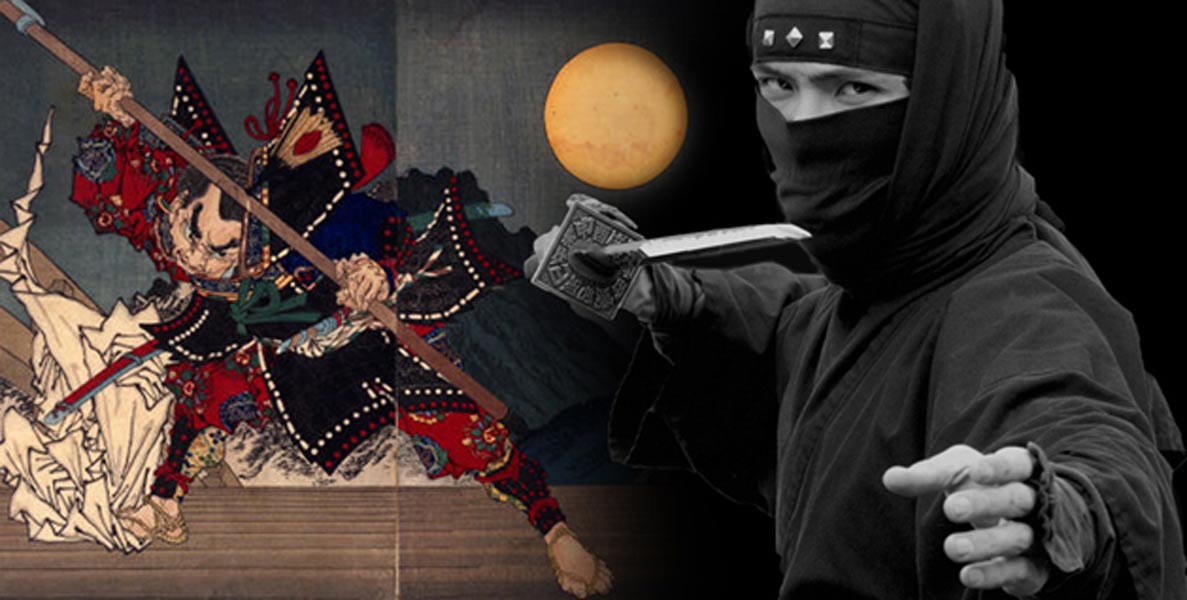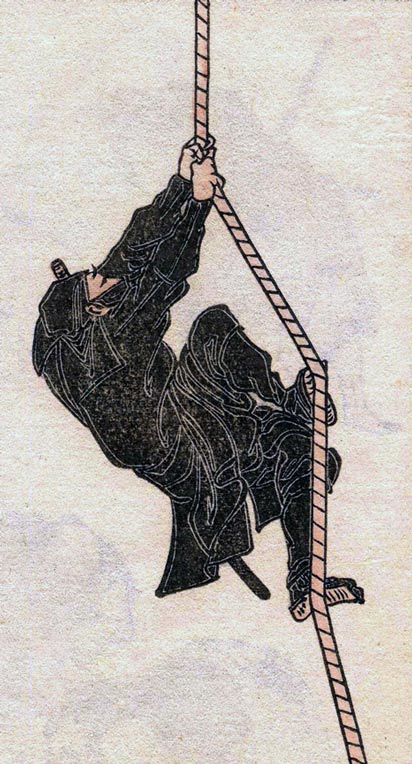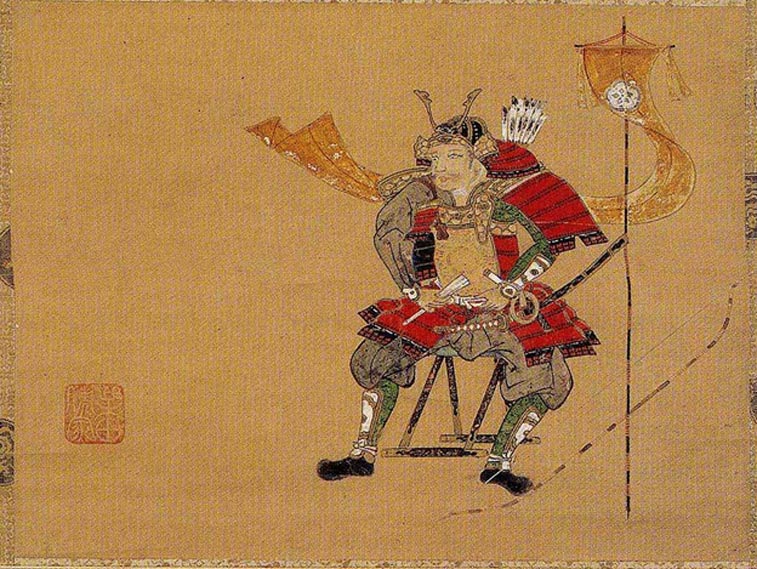
Ninjas, Foot Soldiers, Warrior Monks and Pirates: The Many Fierce Warrior Classes of Feudal Japan
The ancient Japanese warriors from history were more diverse and colorful than their depictions in today’s popular culture. They range from the well-known and loved samurai to the lesser known warrior classes whose roles were often unofficial or isolated, thus placing them outside of the feudal Japanese caste system.
Apart from the samurai, the warrior classes of feudal Japan provide a wide range of warriors which include the stealthy ninja warriors who served as the government’s spies and arsonists, the coastline raiding pirates who played a significant part in the establishment of the Japanese maritime borders, and the mountain hermits who played a major role in the development of the Japanese performing arts. These warrior classes provide diverse mix of fighting styles and legacies.
Shinobi: The Hidden Warriors
The ninja is arguably one of the most widely known Japanese warriors, along with the samurai. They are best known in Japan as shinobi, a shortened form of the transcription shinobi no mono (“a hidden person”), which has appeared in the written records as far back as the late eighth century. The 10th century war chronicle Shōmonki referred to a boy spy Hasetsukabe no Koharumaru, who was killed for spying against Taira no Masakado. Later, the 14th century war chronicle Taiheiki credited the destruction of a castle by fire to an unnamed shinobi.

A historic Ninja print. 1814-1878 (Public Domain)
The name shinobi refers to specially trained groups of spies who were on especially high demand as mercenaries in the 15th century, when they were recruited not only as spies, but also raiders, arsonists, and terrorists. They lived in the shadows of the more conventional samurai who, as they strictly observed a sense of honor and decorum, viewed covert means of combats as beneath them. With the unrest of the Sengoku (warring states) period, this created a demand for men willing to commit deeds considered disreputable for “official” warriors.

Young shinobi/ninja Kumawakamaru escapes his pursuers by swinging across the moat on a bamboo. (Public Domain)
It was in this period that the Iga and Kōga emerged as the two famous shinobi clans. They were families living in the province of Iga (now Mie Prefecture) and the adjacent region of Kōga (now Shiga Prefecture). Both areas were remote and surrounded by mountains, which may have assisted in the secret developments and trainings of the shinobi.






